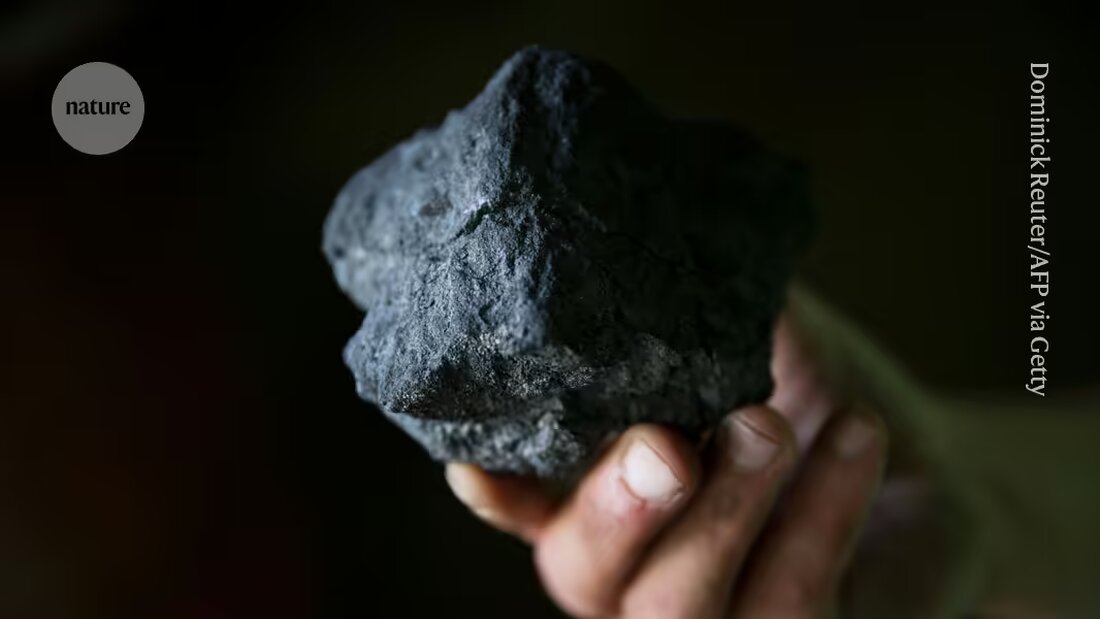Carbon bonding with just one electron observed for the first time: Revolutionary discovery for textbooks
A research team discovered the first carbon one-electron bond, a major advance in chemistry, published in Nature.

Carbon bonding with just one electron observed for the first time: Revolutionary discovery for textbooks
Believing for over a century chemist, that strong atomic bonds, called covalent bonds, are formed when atoms share one or more pairs of electrons. Now researchers have made the first observations of single-electron covalent bonds between two carbon atoms.
This unusual bonding behavior has been observed between several other atoms, but scientists are particularly excited to see it with carbon. Carbon is the fundamental building block of life on Earth and an important component of industrial chemicals, including pharmaceuticals, plastics, sugars and proteins. The discovery was published September 25 in the journalNaturepublished 1.
“Covalent bonding is one of the most important concepts in chemistry, and the discovery of new types of chemical bonds has great potential to expand the broad areas of chemical science,” says University of Tokyo chemist Takuya Shimajiri, who was part of the carbon bonding research team.
Most chemical bonds in molecules consist of a lone pair of electrons shared between atoms. These are called covalent single bonds. In particularly strong bonds, atoms might share two pairs of electrons in a double bond or three pairs in a triple bond. But chemists know that atoms interact in many other ways, and they hope to better understand what a chemical bond is by studying unusual bonding types at the edge of possibility.
Pauling’s suggestion
The concept of single-electron covalent bonds dates back to 1931, when chemist Linus Pauling proposed it. But at the time, chemists didn't have the tools to observe such bonds, says Marc-Etienne Moret, a chemist at Utrecht University in the Netherlands. Even with modern analytical techniques, these bonds are difficult to observe. “The situation in which only one electron forms a bond is very unstable,” explains Moret. “This means that the bond can break easily and has a strong tendency to either lose an electron or capture it to restore an even number of electrons.”
In 1998, scientists observed 2 a single-electron bond between two phosphorus atoms; Moret was part of a group that 3 In 2013 a bond was created between copper and boron. Chemists have theorized that these unusual bonds could potentially occur in short-lived intermediate structures that appear during chemical reactions. But to observe these capricious bonds, chemists must stabilize a compound that contains them. A stable compound containing a single-electron C–C bond had previously eluded chemists.
Shimajiri says the key to observing the single-electron carbon bond was the careful design of a molecule that would stabilize it. The research team, which included chemist Yusuke Ishigaki of Hokkaido University, created a molecule that provides a stable "shell" of linked carbon rings that holds together the carbon-carbon bond at its center. This central bond is stretched to a relatively long length for a C–C bond, making it prone to losing an electron in an oxidation reaction and creating the elusive single-electron bond.
Stable binding
To capture this compound in a stable, observable form, they crystallized it. When the oxidation is carried out in the presence of iodine, the reaction produces a purple salt, with the stable shell of the molecule holding together the single-electron C–C bond inside. They then used various analytical techniques to characterize the molecule and the bond. Shimajiri notes that the connection is extremely stable under everyday conditions.
“The involvement of single-electron bonds has been proposed in several chemical reactions, but so far they have remained hypothetical,” says Shimajiri. Creating stable compounds that contain these bonds could help researchers better understand what happens during these reactions.
Guy Bertrand, a chemist at the University of California at Santa Barbara, was part of the team that created the single-electron bond in phosphorus. He says it's significant to see this with carbon. “Any time you do something with carbon, it has a bigger impact than any other element,” he explains. Carbon is the element of organic chemistry. But he says it's not so easy to say whether this work will have applications. “It’s a curiosity,” he says. “But it will be in the textbooks.”
Shimajiri hopes that describing the single-electron carbon bond will help chemists better understand the fundamental nature of chemical bonds. “We want to clarify what a covalent bond is — more specifically, at what point a bond qualifies as covalent and at what point it does not.”
-
Shimajiri, T. et al. Nature https://doi.org/10.1038/s41586-024-07965-1 (2024).
-
Canac, Y. et al. Science 279, 2080-2082 (1998).
-
Moret, M.-E. et al. J.Am. Chem. Soc. 135, 3792–3795 (2013).

 Suche
Suche
 Mein Konto
Mein Konto
